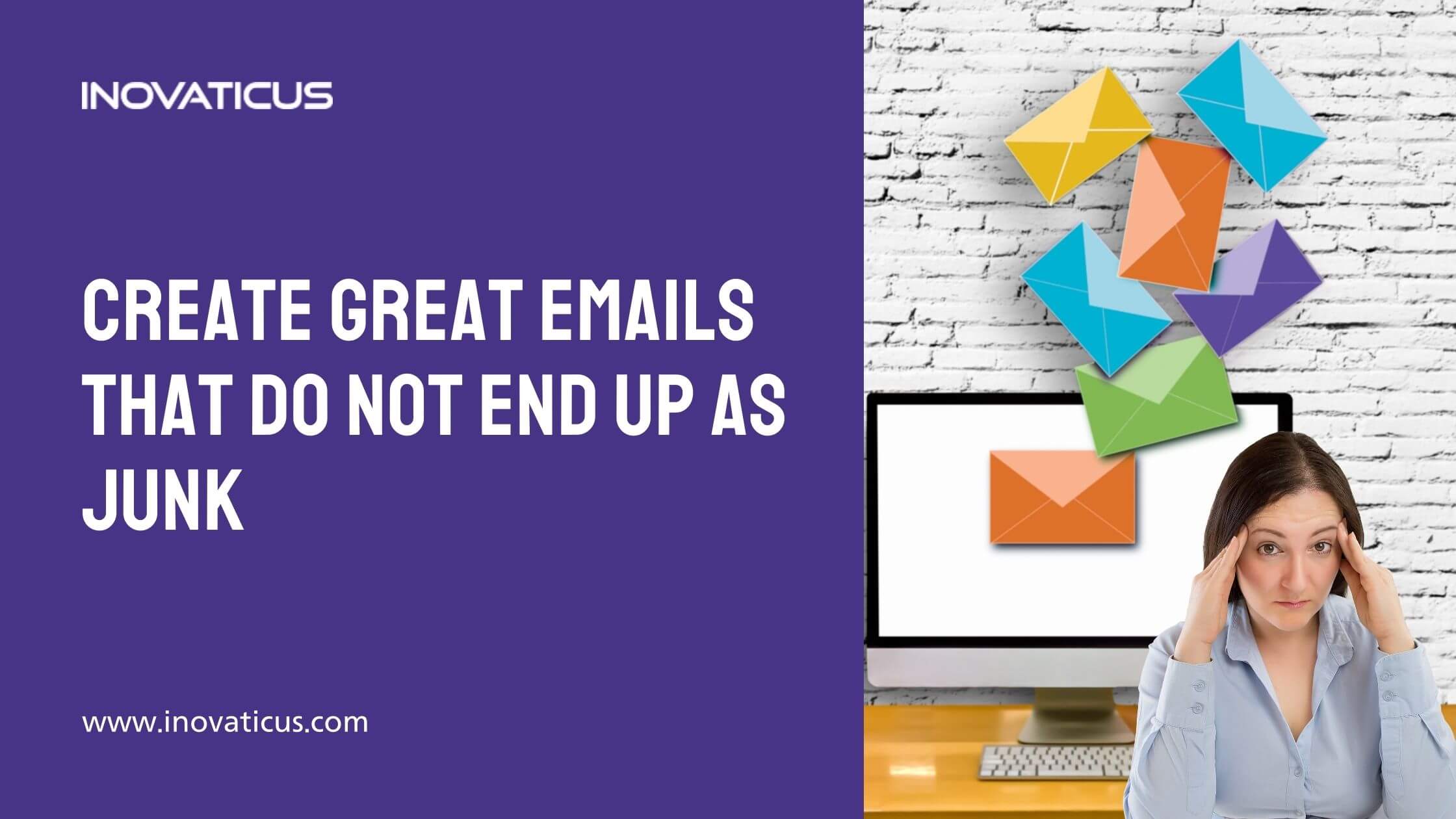Do you create great emails or just pieces of spam?
Any company which sends marketing emails to their customers would be aware of the risks of the emails being classified as junk by the Email Service Providers (ESP). Unfortunately, these get delivered to the junk folder of the recipient’s mailbox and do not get opened at all.
Table of Contents
The Problem of Spamming
Spam is a big problem for marketers and users alike. None of us would like to send or receive irrelevant and unsolicited marketing emails that do nothing but clog the inboxes. Hence the ESPs have worked upon making the junk filters smarter over the years. However, the technology is still not 100% correct. Due to this, many genuine emails also inadvertently get classified as junk.
Are the emails that you send also hit the spam folders regularly? The reason could be that your emails are violating one or more of the several factors that trigger the spam filters that classify the mail as junk.
To build brand awareness, you must create customized emails that portray your brand identity. However, while doing that you should pay close attention to the provisions of the CAN-SPAM Act, 2003 which sets out the standards that marketers have to follow while sending commercial emails.
How to make sure that you create great emails that do not hit spam filters?
The following are certain tips to create great emails that do not get classified as junk. Adhering to these points will increase the likelihood that your emails will get delivered to the inbox of the recipients smoothly.
Tips To Create Great Emails
A. Subject line
1. Do not use misleading subject lines
Make sure that the subject line of your mail accurately represents the actual content of the mail. Never use subject lines that are solely targeted towards duping the recipient to open the mail. This will irritate the recipient to no end and is also a sure-shot way of getting the email classified as junk.
2. Avoid using Spam Trigger Words
Do not use certain words like “free”, “money-back guarantee”, “as seen on”, “best price”, “cheap”, “guaranteed”, “click here”, or too many symbols like $$$ in the subject line. These are called Email Spam Trigger Words, and the junk filters are more likely to put emails containing such words in the spam folder.
3. Colours
Avoid using loud colours like red and green in the email body fonts.
4. Avoid writing entirely in capital letters
The subject line or the body of the email should not be written in all capital letters.
B. Senders address
5. Include the “from” address
Many companies ignore this aspect. As the result, most of the mails end up as spam. People have the intrinsic tendency to not trust those emails that have unknown senders. They need a valid and legitimate email address with a name to rely on and accept the mail.
C. Mail body
6. Maintain a healthy image-text ratio
Spam filters can read text, but not images. Many spammers take advantage of this and embed a lot of text in the images. Avoid this practice as the spam filters are getting smarter by the day and hence sooner or later they will be able to detect this. Ensure that every email that you send has a healthy image–text ratio.
7. ALT-Text for Images
Assign an ALT-text to every image that you include in your emails. This will make it easier for the filters to understand the entire content and lessen the likelihood of them classifying it as spam
8. Optimise images
Use an online tool like the Image Optimizer tool or the Save For Web option in Adobe Photoshop to make images smaller without compromising on the quality. This will keep the size of the emails small.
You can read our article on graphic design software that you can use to create great images.
D. Attachments
9. Avoid sending large attachments
Sending large attachments is a strict no-no. It increases the chances of the emails getting marked as spam. You can send the following file formats as attachments: JPEG, Pdf, Png and Gif. Never send Executable (.exe), Zip (.zip, .rar, .tgz) JavaScript (.js) and Shockwave (.swf) files as attachments, as these are almost always considered as files containing viruses, and blocked by the mail servers.
E. Other points
10. Pay attention to the coding
Many marketers convert Word files into HTML, which is far from a perfect way of coding emails. Avoid this practice, and ensure that the email contains the correct HTML code.
11. Allow users to unsubscribe
Include an unsubscribe link in the main body, which allows the users to easily opt-out of receiving further emails from you. This is also an important requirement of the CAN-SPAM regulations.
12. Include your contact information
Include your location in the email. It can be an office address or post box location. Including this will help in establishing that you are a real business, and not a nameless entity with doubtful intentions.
Adherence to these guidelines will ensure that you will create great emails that will enable you to get the best returns out of every dollar spent on email marketing. Start sending useful emails to customers, and see the effectiveness of your email campaigns increase significantly. Speak to us to see how our Email Marketing Services can create great emails that get delivered seamlessly to the recipients’ inboxes.




Leave a Reply